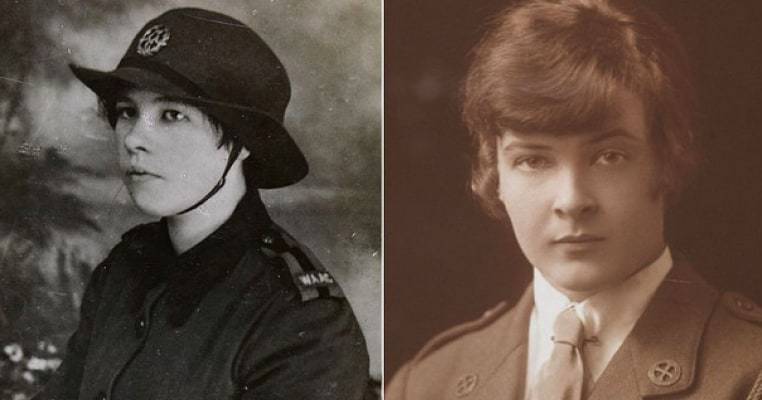As the world commemorates the centenary of the end of the First World War this year, it is timely to remind ourselves that the conflict widely described at the time as “the War to end all wars” put more people in dangerous situations than at any previous point in human history. As millions-strong armies, navies and air forces clashed on battlefields, seas and in skies across the globe, the people on the front line of the war often had no choice but to summon supreme courage to deal with the immense challenges put before them. In doing so, they often saved the lives of others but sacrificed their own.
The First World War created new definitions of the word “hero”. Many were people who would never have found themselves in the thick of previous conflicts. They weren’t just male soldiers, sailors and airmen – though plenty of extraordinary acts of courage were performed by men – they were women and, in some cases, young people considered scarcely more than children. The history of the 1914-1918 war is full of awe-inspiring examples of ordinary people living ordinary lives who, when called upon to do so, did extraordinary things.

Inevitably, many stories of the most supreme acts of valor performed in the most deadly and challenging of circumstances during the First World War will have already died untold with those who performed and witnessed them. This article sets out only a small handful of them which history has thankfully saved. As we reflect on them, it’s tempting to consider how we would behave were we to be thrust into the same situations of mortal peril, bullets and immense pressure: would we crumble and freeze, too afraid to move? Or would we find from somewhere inside ourselves the ability to stand strong and perform feats so brave the annals of history will immortalize them and us forever?
The individuals in the stories summarised in this article found the courage necessary when it counted. With any luck, one hundred years on, they are capable of inspiring us to confront and overcome the challenges we face in life today.

